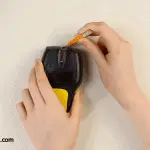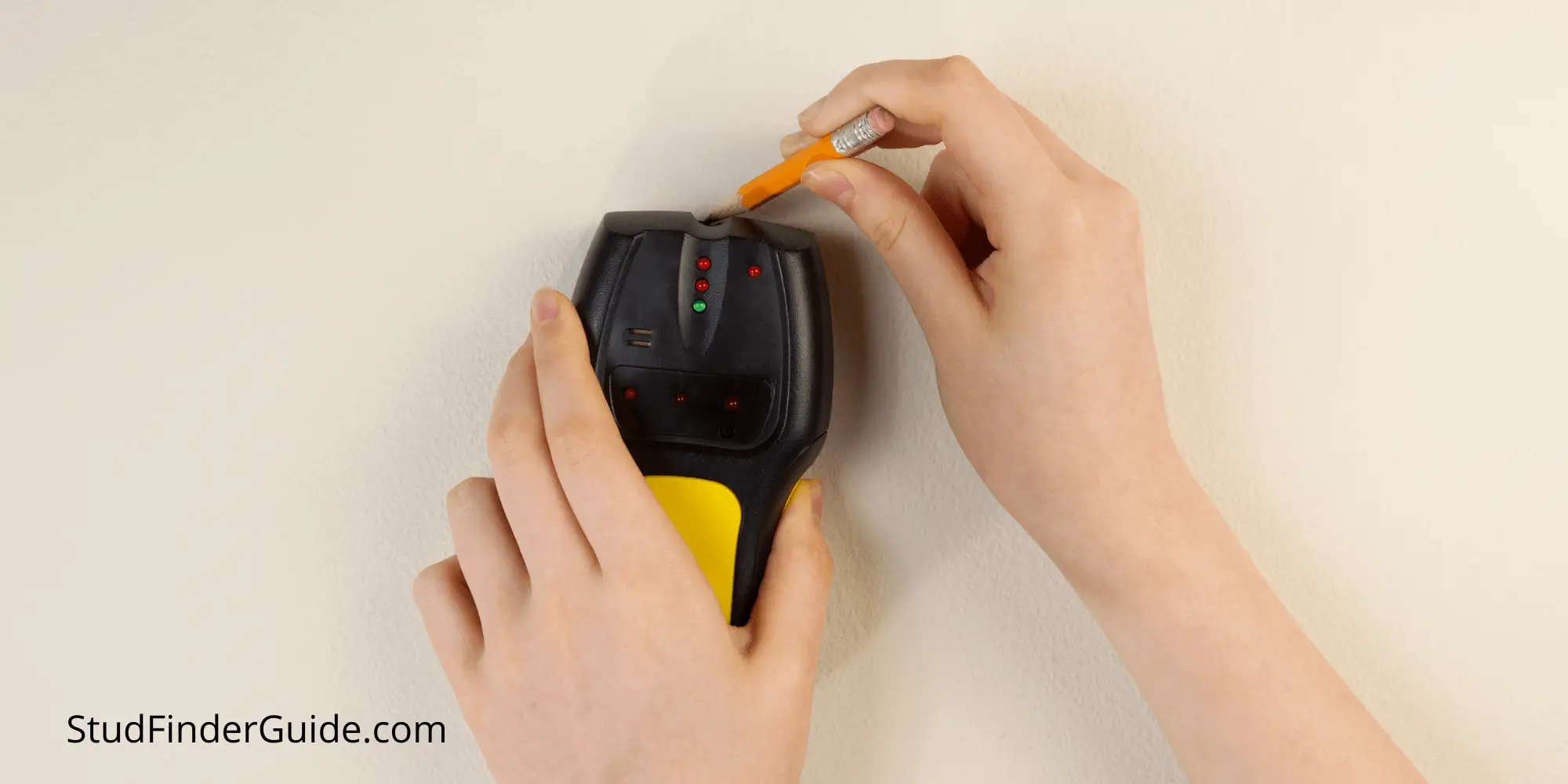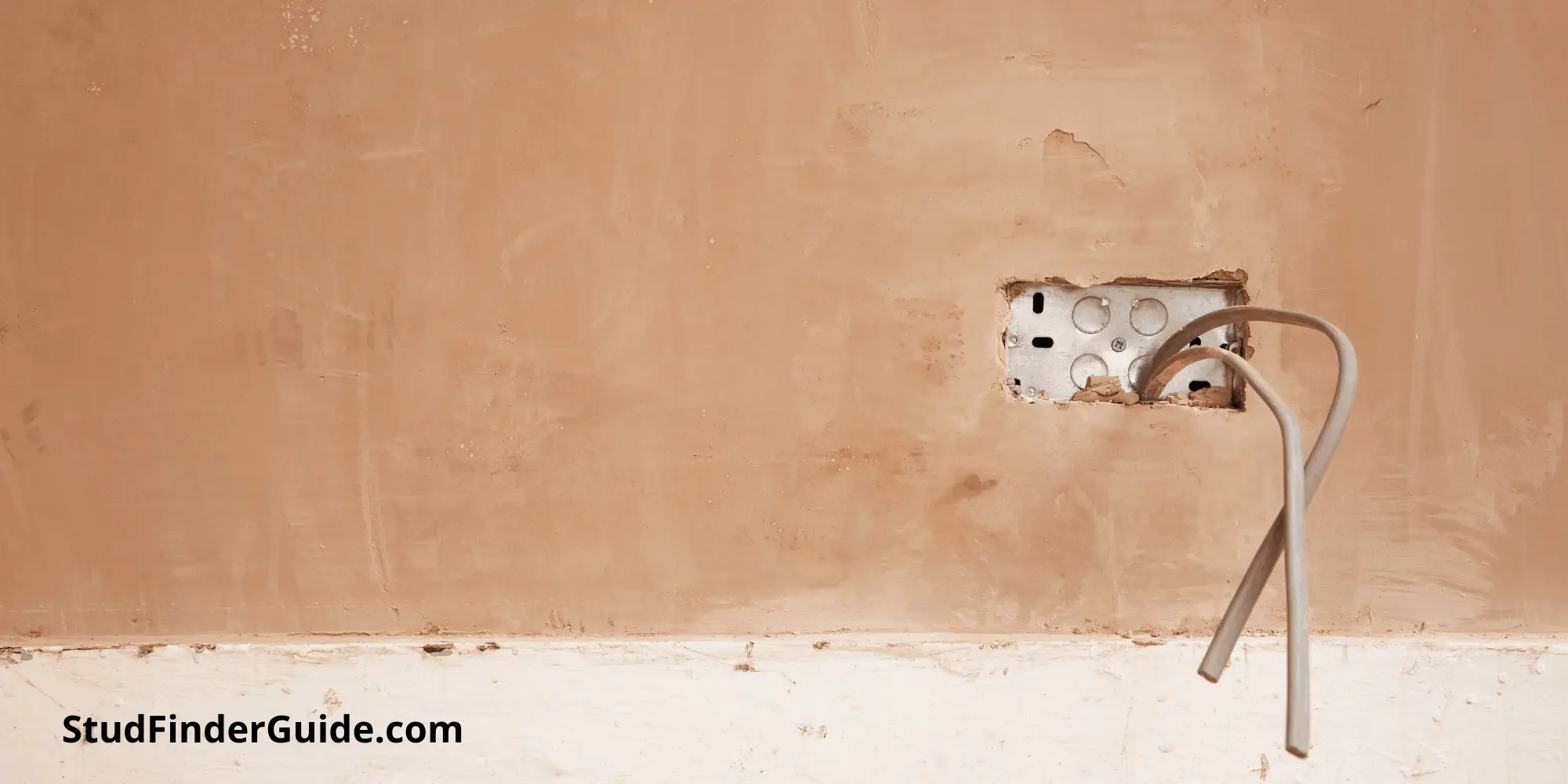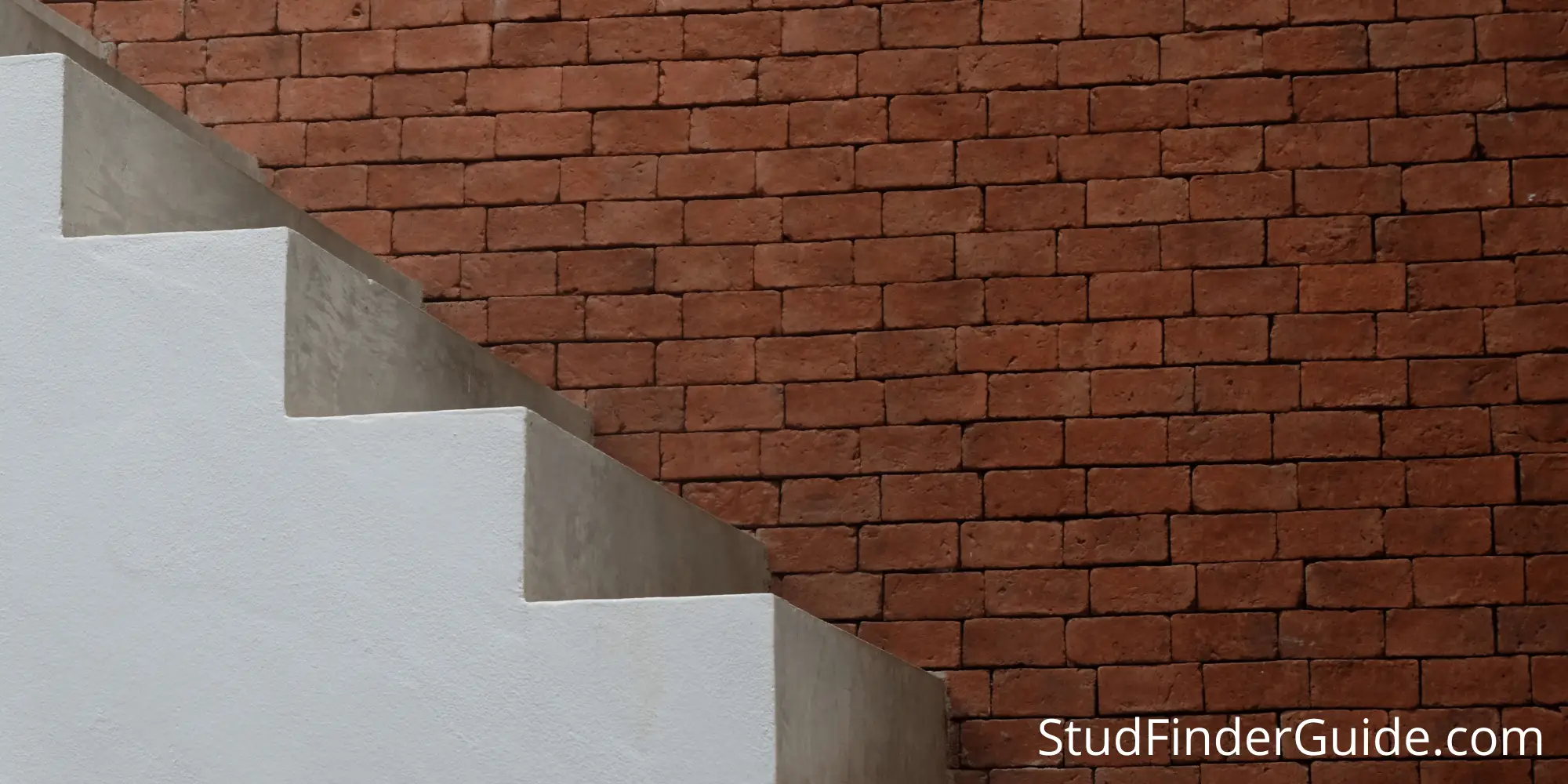When it comes to putting up some shelves or hanging a picture frame, this is a fairly straight forward DIY task. That said, there are plenty of people who have not purchased a stud finder before and will be unsure on how does a magnetic stud finder work.
After all, having gone to the effort of hanging new objects on your wall, the last thing you want to hear is the loud crashing and banging as the object falls from the wall. Why has this happened? Because the object is unable to bear its own weight. It is vital, when hanging a heavy item on the wall, to be fixing it directly to the studs present in the wall. Any half decent DIY’er or contractor, will say that plaster or wallboard’s won’t be able to support the heavy weight.
A quick and easy way of fixing objects to the studs in the wall, is to invest in a simple handheld device called a stud finder. These wonderful little devices are quick and easy to use, saving you time, effort and potentially a lot of headache! One type of device to try is a magnetic stud finder. Perhaps this is something you have not heard of, so in this article we will go through exactly how does a magnetic stud finder work.
Working Method Of A Magnetic Stud Finder
Whether you are putting up new shelves or hanging picture frames, knowing the exact location of the studs in the wall is handy. Before the advent of stud finders, you used to hit a nail on the wall until it found the stud. A pivoting magnet was also used from time to time. The magnet helps you locate the nails that have been driven into the stud. However, the first technique, which is pounding a nail to the wall, seems to work. The big downside on using this method, is the potential damage to the wall which you cause! The second technique of using a pivoting magnet, is a very, very slow method. Thanks to the invention of the magnetic stud finder, has made the process so much easier and you can now hit the bulls eye very easily. Simply adding a magnetic stud finder to your hardware kit, means you avoid potential damage to your walls and possibility of personal injury.
Both moving and stationary magnetic studs are made available to locate the screws in your drywall, so as
to find the precise point of targets. Many modern magnetic stud finders include a probing pin that helps
narrow down the position of a stud in the wall. Some magnetic stud finders have a notched base, ergonomic design, and an inbuilt level for convenient usage. When you expose the stronger studs within the wall, it makes it easier to mount sturdy electronics like a large LED TV.
Moving magnetic stud finder:
These type of stud finders makes use of a neodymium magnet. It is suspended in a small space within a
compartment. It oscillates when it senses a shrouded metal. The intensity of this earth magnet and its
movement allows you to find a broad range of construction metals. When you scan the walls, the magnet jumps towards the wall with a speed that it makes a unique sound
when it gets attached to the wall. As such, you can make an idea of the position of the stud as the magnet moves along a certain part of your wall.
Stationary magnetic stud finder:
This kind of stud finders run on an immovable magnet to find out the nails and screws attached to the
studs that support the wall structure. All you need to do is just hover the device along with the parts of the wall. The electromagnetism will make you aware of the presence of stud beneath the plaster. The intensity of attraction will tend to decrease in locations where the metal lies deeper in the structure.
The studs that are located underneath the drywall gets visible with the stationary magnetic stud finder.
These kind of devices can’t push through thick materials. As such, other methods like tapping gently further confirms the presence of studs.
How to make use of the magnetic stud finder:
When you hang heavy objects such as erect a shelf, large bracing furniture or a new television, you
need sturdy support. Nailing into drywall may be effective in hanging light objects. But, the wall may
crumble down along with the object if it is heavier. Get to know more about the magnetic stud finder you bought. A magnetic stud finder has the ability to find out nails and screws behind the wall. However, for heavy and valuable objects make double sure to check the intensity of the studs.
Here is how you can use a magnetic stud finder
Benefits of using this type of stud finder:
durability
other models
Conclusion:
There are different kinds of magnetic stud finders and some of them even come with powerful magnets.
This makes the readings accurate and cost-effective for people looking to undertake these works at
home. So hopefully this article has helped you to understand, how does a magnetic stud finder work.





